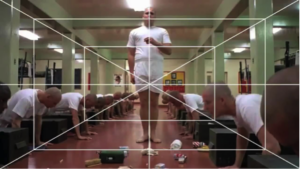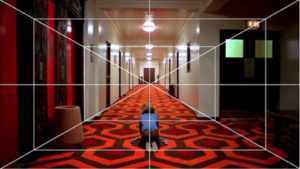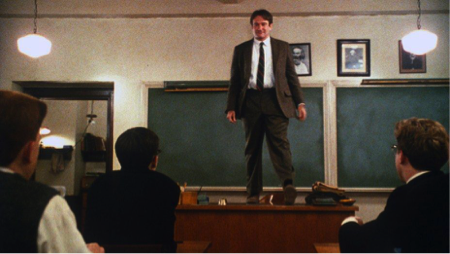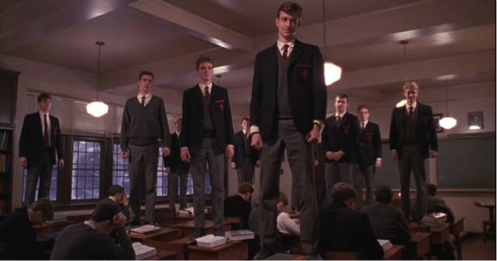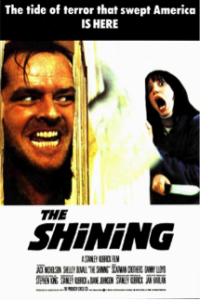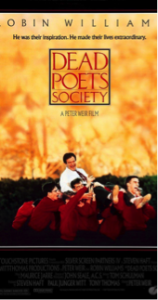The title “one-point perspective” is so evocative of what the technique actually does: changing your perspective.
Hi, my name is Miguel Parga, and I’m a filmmaking teacher at the New York Film Academy. That sounds almost like I’m introducing myself at a Filmmakers Anonymous meeting and I guess that’s not far from the truth. Those of us who have the film bug understand that when you’re into film, mere marginal involvement is never good enough. It often turns into an obsession. For me it’s an addiction.
Fellini said: “Film is a disease. It’s cure: more film.” He was right.
But what is it exactly that we’re addicted to? For me, it has a lot to do with the way films make me see the world in a different light.
A one-point perspective shot is when all the horizontal lines in your frame, if you were to extend them infinitely, would disappear into a point, usually at the center of the frame. That’s the vanishing point. Think about looking at a train track disappearing in the distance.
It’s no secret to those who know me that one of my favorite filmmakers is Stanley Kubrick.
Kubrick used the shot endlessly, both static and moving. Here are some examples.
Humans don’t usually see the world in one-point perspective. It happens, but it’s not that common. If you’re in a room, your eye line usually sits a bit above where it would have to be for the lines in the room to disappear into one vanishing point in the center.
In order for this to happen , you have to lower your gaze by about a foot.
Go ahead. Try it. Get up. Go to the middle of the room, then crouch down about a foot, and look at the room from that vantage point.
Different right? Now, walk around looking for shots.
You just forced yourself to look at the world in a different way. This is what Kubrick is making you do. Whether you want to or not, he’s forcing you to do it.
Remember that scene in “Dead Poets Society,” where Robin Williams tells his students to get up on top of his desk, just to remind themselves that they must look at the world from a different point of view?
Kubrick and his one-point perspective shots force you to look at the world differently. When you crouch down, you’re looking at the world from the point of view of somebody of that height – a child perhaps. In this way the director forces not only a change of perspective, but a psychological change as well. He wants you to look at the world through the eyes of a child.
He wants you to remember what the world looked like from that height, when your imagination was open, and you saw the universe with new eyes.
Now go watch some movies! Kubrick ones!

